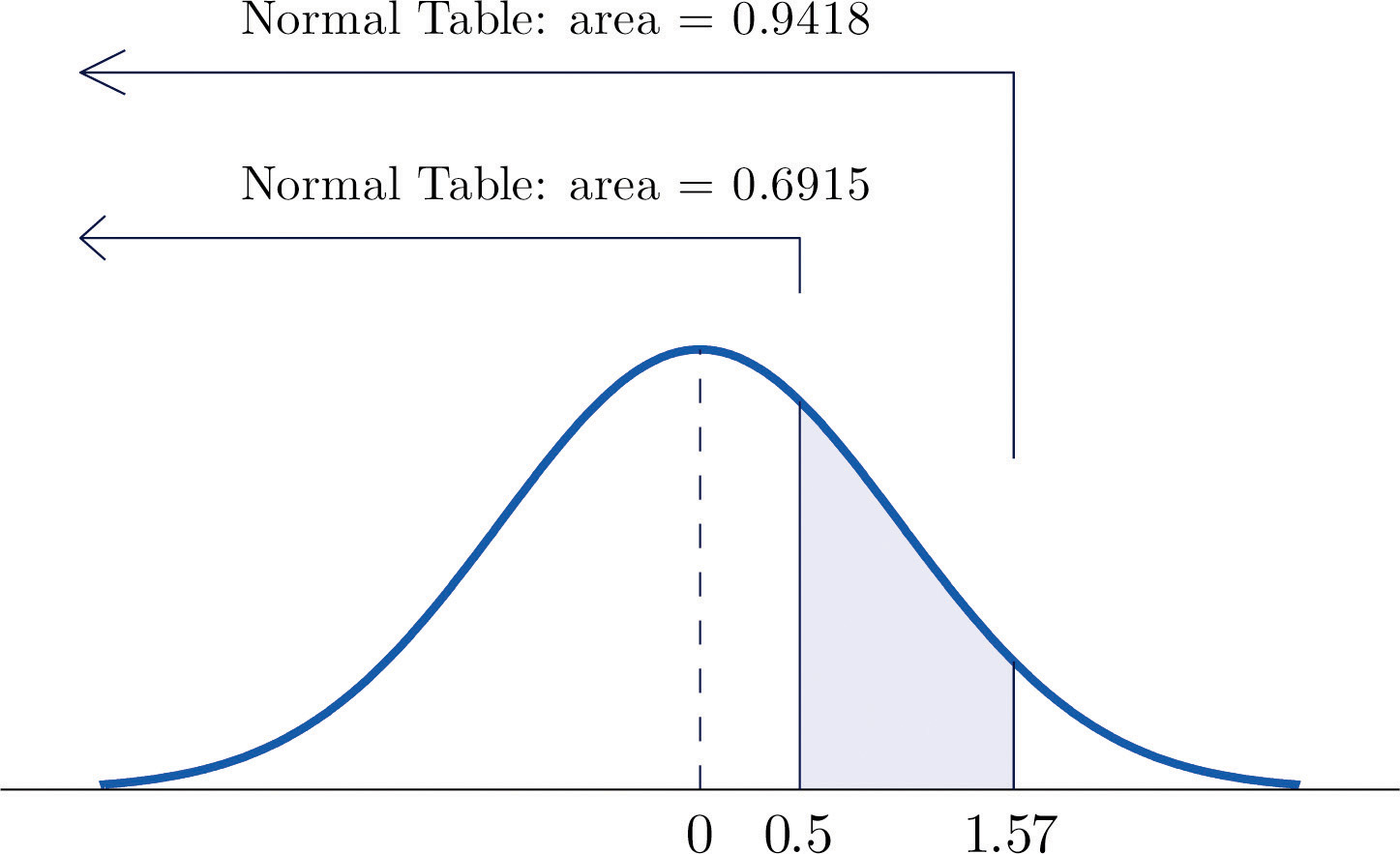

The missing values in the data range will be excluded in the analysisįrom Origin 2015, missing values in the grouping range and the corresponding data values will be excluded in analysis. Supports limited sample size (10 ≤ n ≤ 2000). Especially effective for “non-normal” values.Įxtends Shapiro-Wilk test without loss of power. Best for symmetrical distributions with small sample sizes.Ĭan give better results for some datasets than Kolmogorov-Smirnov.īased on transformations of sample kurtosis and skewness. Kolmogorov-Smirnov test with corrected P. The calculator will generate a step by step explanation along with the graphic representation of the area you want to find. Please look at the simple rule of selecting methods in table below.įor more details, please refer to the Choosing Normality Tests and Interpreting Results chapterĬommon normality test, but does not work well with duplicated data or large sample sizes.įor testing Gaussian distributions with specific mean and variance. Normal distribution calculator Enter mean, standard deviation and cutoff points and this calculator will find the area under normal distribution curve. And even cooler, he found the distribution for when the mean was not 0 and the standard deviation was not 1, and came up with: f ( x) 1 2 e ( x ) 2 2 2. Six different normality tests are available in Origin. And somehow they came up with the standard normal distribution, which is as follows: ( x) 1 2 e 1 2 x 2. If the assumption of normality is not valid, the results of the tests will be unreliable. A number of statistical tests, such as the Student's t-test and the one-way and two-way ANOVA require a normally distributed sample population. A normality test is used to determine whether sample data has been drawn from a normally distributed population (within some tolerance).


 0 kommentar(er)
0 kommentar(er)
